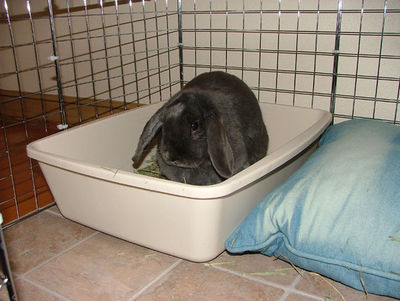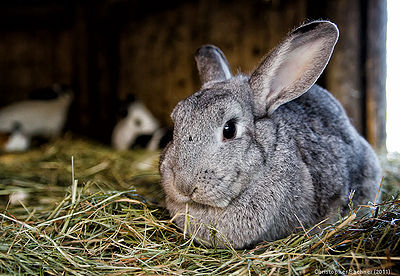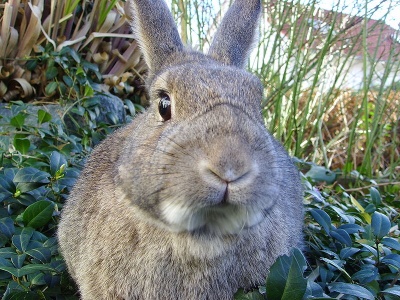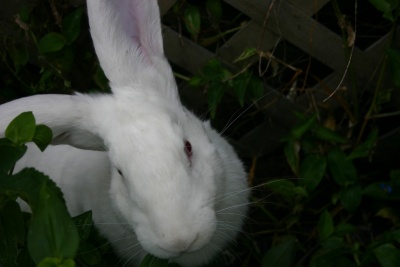 |
Rabbits certainly can be litter-trained. It just takes patience and some time. The advantage of training your rabbit to use a litter box is that your pet can be allowed more freedom in the house and you don’t have to worry about soiling.
The first thing to remember is always to reward your pet with praise and a treat when s/he performs correctly. Scolding does not work as your rabbit will not understand and will be frightened by your behavior.
Observe your rabbit as to when and where s/he prefers to eliminate. Rabbits raise their tails and relax their ears when urinating or defecating, so it should be easy to spot when it’s happening.
Place a litter box in one of the corners of the cage. For the first few days, you might want to keep your rabbit in the cage. Out of the cage, place a litter box where your rabbit eliminated previously and in several other places in the area. Keep watch so you can see which area your rabbit might prefer. Confine him/her to a small area until trained.
To encourage your rabbit to go into the litter box, you can place a small amount of his/her favorite food or toy there. Your rabbit will soon choose a favorite box for elimination and you can gradually remove the other litter boxes.
It’s a good idea to spay/neuter your rabbit. This will encourage better behavior and will increase your rabbit’s trainability. Your rabbit will concentrate on you instead of listening to his/her hormones.
Don’t be concerned if your rabbit spends time lying in the litter box, s/he is becoming accustomed to it. However if it becomes habitual and your rabbit is eliminating outside the litter box, it may be helpful to place some poop in the box. The odor may encourage him/her to eliminate there. Don’t leave it there too long, rabbits like clean litter boxes, so scoop it out often.
Don’t use clay litter for the litter box. Some of them are toxic to rabbits.
Pine and cedar shavings can cause liver damage when they release gases that your rabbit inhales. Don’t use these either.
A litter made from Aspen Bark is safe and controls odor.
Newspapers are absorbent but don’t control the strong urine odor and need to be replaced very often.
Oat and alfalfa-based litters control odor and are edible. However if your rabbit eats too much, it can cause a serious condition known as bloat.
Citrus-based litters are safe, but can be expensive and are not available everywhere.
Paper pulp or recycled paper products are absorbent and eliminate some odor. There is a p0ellet litter called Cellu-Dri. These litters are harmless if ingested.
A safe and economical litter is the use of rabbit pellet food itself. The pellets control odor but are slower to absorb. But if you’re watching your rabbit’s weight, this might not be a good diet choice.
Except for clay, pine and cedar which shouldn’t be used, the other litters are usable in a compost heap.
Try cleaning the cage while your rabbit is not in it. If your rabbit is in the cage, s/he might be upset as a rabbit views the cage as personal territory.



